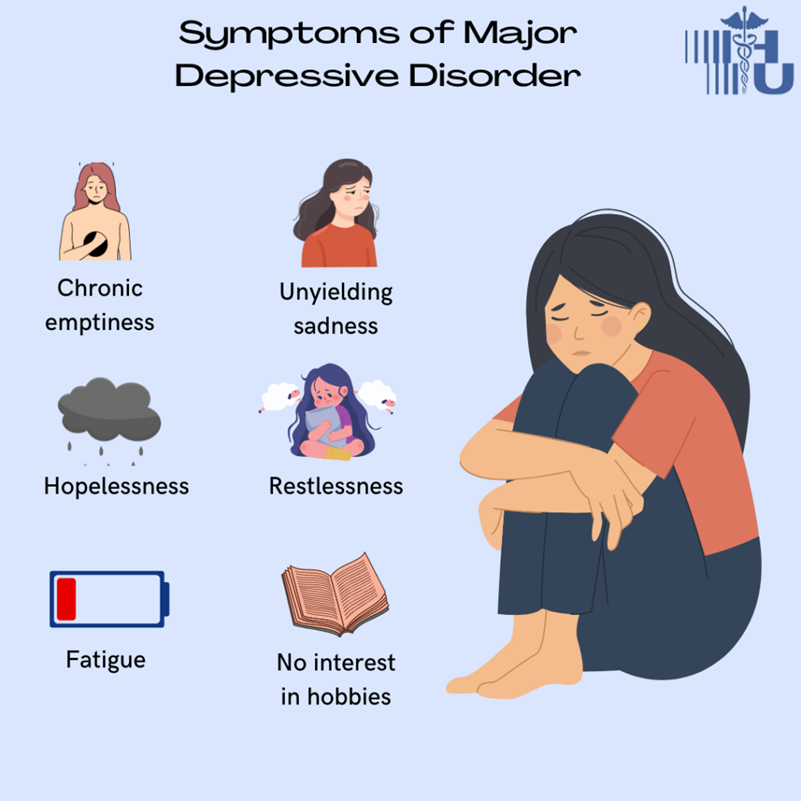A nurse is caring for a client three days after admission for treatment of depression. The client leaves her current activity, approaches the nurse, and states, "There's no reason to go on living. I just want to end it all." Which of the following actions should the nurse take?
Ask the client if she has a plan to commit suicide.
Assist the client to her room and allow her to rest before resuming activity.
Recognize the attempt at manipulation and escort the client back to her activity.
Notify the client's family and request a visitor to stay with the client until thoughts of suicide are gone.
The Correct Answer is A
Choice A reason:
When a client expresses thoughts of wanting to end their life, it is crucial for the nurse to immediately assess the risk of suicide. Asking the client if they have a plan to commit suicide is a direct approach to gauge the immediacy and seriousness of the risk. This information is vital for determining the next steps in care, which may include close supervision, safety precautions, and urgent psychiatric evaluation.
Choice B reason:
While ensuring the client is comfortable is important, allowing the client to rest without further assessment or intervention may not be safe if the client is at immediate risk of self-harm. The priority is to assess and secure the client's safety.
Choice C reason:
It is inappropriate and potentially dangerous to dismiss the client's statement as manipulation. All expressions of suicidal ideation should be taken seriously, and the nurse should provide a supportive response that addresses the client's emotional state and safety concerns.
Choice D reason:
Notifying the client's family can be part of a broader safety plan, but it should not replace immediate assessment and intervention by the healthcare team. Family members may provide support, but they are not a substitute for professional care and suicide risk assessment.
Nursing Test Bank
Naxlex Comprehensive Predictor Exams
Related Questions
Correct Answer is B
Explanation
Choice A reason:
Increased heart rate is not typically a sign of opioid overdose. Opioid overdose often leads to a decrease in the body's autonomic responses, which can cause a slowing of the heart rate rather than an increase.
Choice B reason:
Slow, shallow breathing is a hallmark sign of opioid overdose. Opioids can depress the central nervous system, leading to respiratory depression. This is a critical symptom and requires immediate medical attention¹²³⁴.
Choice C reason:
Constricted pupils, also known as pinpoint pupils, are another classic sign of opioid overdose. This occurs due to the action of opioids on the part of the brain that regulates the size of the pupils¹²³⁴.
Choice D reason:
Increased motor activity is generally not associated with opioid overdose. Instead, opioids tend to cause a decrease in motor activity, leading to lethargy and a lack of coordination.
Correct Answer is D
Explanation
Choice A reason:
Asking the client if they really think their family would be better off without them could potentially validate the client's feelings of worthlessness and is not a priority when immediate safety concerns are present.
Choice B reason:
While it's important to understand the client's current situation, this open-ended question may not directly address the risk of harm the client might pose to themselves. It should follow after ensuring the client's safety.
Choice C reason:
Inquiring about the onset of these feelings is part of a thorough assessment but is not the most immediate concern when a client expresses thoughts that may indicate a risk of self-harm.
Choice D reason:
This direct question addresses the immediate safety concern and is the priority response when a client indicates they may be a danger to themselves. It is essential to assess for suicidal ideation directly to take appropriate steps to ensure the client's safety.

Whether you are a student looking to ace your exams or a practicing nurse seeking to enhance your expertise , our nursing education contents will empower you with the confidence and competence to make a difference in the lives of patients and become a respected leader in the healthcare field.
Visit Naxlex, invest in your future and unlock endless possibilities with our unparalleled nursing education contents today
Report Wrong Answer on the Current Question
Do you disagree with the answer? If yes, what is your expected answer? Explain.
Kindly be descriptive with the issue you are facing.
